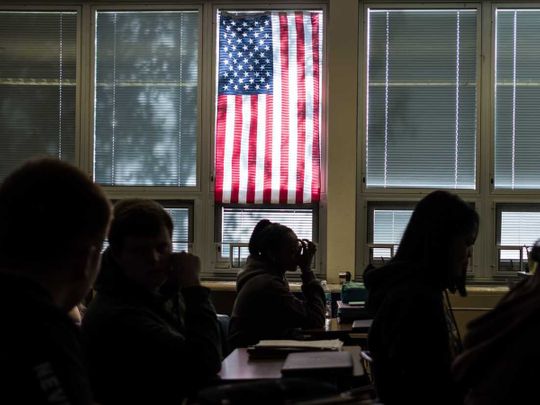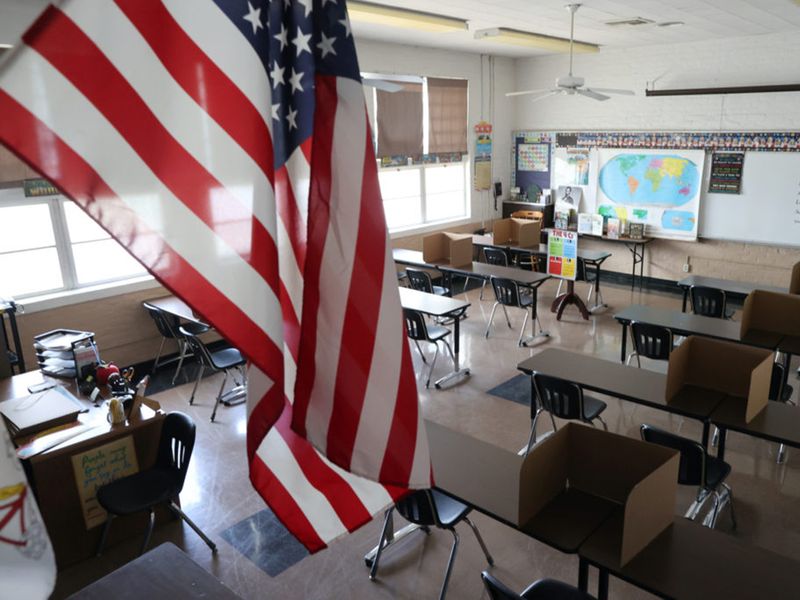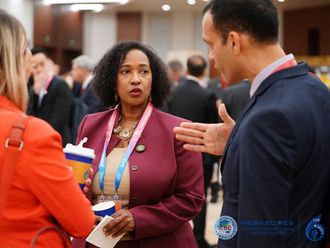
The United States is among the world’s most attractive destinations for international students seeking higher education. With 90% of the world’s ten top universities located in the United States, U.S. universities outperform those of other nations not only because of the higher quality of academic life but also because of the more engaging social life offered to students. U.S. university students are encouraged to participate in a variety of extracurricular activities leading to their professional and interpersonal growth.
Since the 2003/2004 academic year, the number of international students attending U.S. institutions had been on a rise until the 2019/2020 academic year due to the impact of the coronavirus (Covid-19) pandemic. According to the Open Doors Report published by the Institute of International Education (IIE), a global not-for-profit organization that designs and implements international education strategies and program services, the number of international students studying in the United States dropped from 1.07 million in 2019/2020 to 914,095 students in 2020/2021.
During the 2020/2021 academic year, the number of new international students in U.S. universities dropped by 45.6%. Chinese and Indian students account for the largest percentage of international students in the United States, but due to the pandemic, China had 14.8% and India had 13.2% fewer students attending U.S. universities in the 2020/2021 academic year. With widespread vaccination and removal of travel restrictions, the number of international students attending U.S. universities is once again on the rise. According to the IIE Spring 2022 Snapshot on International Educational Exchange, 65% of institutions reported an increase in their international student applications for the 2022/23 academic year, up from 43% one year ago.
Despite great interest, there are many obstacles that are unique to international students, namely the higher cost of education and lower acceptance rates. The tuition fees for colleges and universities in the United States are drastically higher for international students. For instance, the tuition for the 2022-2023 academic year for an undergraduate student at The University of California at Berkeley varies as follows: the cost for a California resident domestic student is $9,327.50, the cost for a non-resident domestic student is $24,204.50, and the cost for an international student is $50,001. Additionally, it is significantly more difficult for international students to secure financial aid or student loans.
Given these obstacles, many families, especially those of Chinese and Indian nationalities, participate in the EB-5 Immigrant Investor Program, the U.S. golden visa equivalent, to obtain Green Cards for their children. With a Green Card in hand, their children have a better chance of acceptance into U.S. universities and are able to take advantage of lower tuition rates given that they will be considered as domestic students rather than international.

The EB-5 program was created by Congress in 1990 to stimulate the U.S. economy through job creation and injection of foreign capital. The program provides investors the opportunity to obtain Green Cards for themselves and their qualifying dependents, including spouse and children under the age of 21, by investing $800,000 in a new commercial enterprise in the United States.
Given that applying to a U.S. college or university as a Green Card holder tremendously increases a student’s chances of acceptance and allows students to benefit from lower tuition costs, many families participate in the EB-5 program for the interest of their children.
“A degree from a U.S. institution is an invaluable tool for a fresh graduate,” says Shai Zamanian, a U.S. educated and licensed lawyer and Legal Director of The American Legal Center, a top immigration consultancy firm in Dubai specializing in the EB-5 program.
“Becoming a Green Card holder through the EB-5 program unlocks many education benefits for students and their parents. Being a team of U.S. educated lawyers and professionals, we have an in-depth knowledge of education in the U.S. That combined with our decade of experience in the EB-5 program makes us well suited to assist families with children seeking to attend university in the United States,” says Zamanian.
In addition to lower acceptance rates and higher tuition, international students face many obstacles in staying in the United States upon graduation given that the F-1 student visa is a non-immigrant visa meaning that it does not provide a path to permanent residency. Nevertheless, recent reforms to the EB-5 program have made the program more attractive to international students residing in the United States. The EB-5 Reform and Integrity Act of 2022 (RIA), the new EB-5 legislation which was signed into law in March 2022, introduced the concept of concurrent filing, which allows foreign investors to file their EB-5 application and application for adjustment of status (AOS) with the United States Citizenship and Immigration Services (USCIS) simultaneously. Therefore, applicants can live and work in the United States while they await the adjudication of their EB-5 application.
An international student on an F-1 visa in the United States must first wait 90 days after they have entered the U.S. on their non-immigrant visa to be eligible to apply for their adjustment of status application. Once an AOS application is submitted to USCIS, applicants must then also apply for Employment Authorization, which will provide them a work permit until permanent residence is granted. Applicants will also be granted a travel permit allowing them to travel outside of the United States.
The EB-5 program has always been a popular route to obtaining permanent residency in the United States for international students. With recent reforms, it has become even more popular given that students can now receive permission to live and work in the United States while they await the adjudication of their Green Card application.












